Silky dresses, flowy blouses, cooling sheets, and window drapes! Many things around us are made from viscose, or as it’s more commonly called “rayon”.
Being the second most used fabric in the world – after cotton, of course – it won’t be surprising that you’re probably wearing a blouse made from viscose or sitting on a rayon blanket while you’re reading this article.
Since veganism is more than keeping animals out of our diet and closets, we dug deep and brought you all the information you need to know about viscose from the day it was discovered to the current impact of its industry on mother Earth. So, read on while we unveil everything about the said textile.
What Is Viscose Fabric?
Viscose is one of the most sought-after materials in the vegan world. Known as a semi-synthetic alternative to silk, it’s become a fixture of many closets and homes thanks to its durability and low price tag.
Yet, it’s not all silk! Actually, it lies between silk and cotton in its features. The fabric imitates silk in its luster, drape, and luxurious feel. However, properties-wise, it’s more like cotton.
> Read more: Is silk vegan?
Being lightweight and absorbent, it’s integrated into many sportswear as well as summer dresses, blouses, suits, neckties, lingerie, and scarves. It’s also breathable and doesn’t stick irritatingly to the body. Even people allergic to synthetic materials find it soft on their skin and as comfortable and irritation-free as cotton.
We were not kidding when we said you could find it everywhere! The cheap fabric isn’t limited to clothing. Its classy looks and ability to hold dyes make it a good candidate for upholstery and rugs, so it’s probably one of the fabrics used in your furniture.
Yet, owing to its low price, it’s used in cellophane, napkins, and wet wipes. Even sausage casings have viscose in them!
Despite the myriad of great qualities, it still has its drawbacks. Although it’s considerably durable, it won’t hold up as long as silk. Yet, it’ll stay in your closet for several years.
Moreover, like cotton, it tends to wrinkle, but it’s much harder to clean and care for. To prevent it from shrinking and unnatural stretching, you’ll have to dry clean it gently.
A Glance at Viscose’s History
The story of viscose began in 1839, but the fabric itself didn’t come into the world until the early 1900s. Like many inventions in this world, viscose was discovered by accident, and the whole story had nothing to do with veganism or the fabric industry in the first place!
It happened when Hilaire de Chardonnet, the French chemist, was working on a treatment for the epidemic that was killing silkworms, which were essential to the French economy at the time.
While working in a dark room, he spilled a bottle of nitrocellulose. When Chardonnet started cleaning the chemical, he noticed that it became viscous due to evaporation and that some strands of fiber began forming.
Upon further inspection, he found that it resembled silk in its structure, which gave him the idea of making garments out of this chemical as a cheap alternative for silk. The fabric was made and sold under the name of “Chardonnet silk.”
However, to his poor luck, the fabric turned out to be highly combustible to the point that some lady’s ball gown was reportedly gone up in smoke on-site after coming in contact with the ashes of a lit cigar. The textile was taken off the market immediately, and all Chardonnet’s hopes were dashed to the ground.
In 1892, the British scientists Charles Cross and Edward Bevan, treated nitrocellulose with caustic soda and carbon bisulfite. The mixture resulted in a thick liquid that they called “viscose,” owing to its high viscosity. Although it became less inflammable, they couldn’t make strands of fabric out of it.
The lucky guy was Charles Topham, who succeeded in making strong textile out of this mixture and introduced it commercially to the world in 1905.
Is Viscose Vegan Friendly?
The textile is as cruelty-free as it can be! There are no animals exploited or involved in any way in its manufacture, so vegans can wear it with confidence. In fact, the whole manufacturing process involves plants and lab-prepared chemicals.
Viscose is made from the wood pulp of rapidly-growing trees such as eucalyptus and pine. Sometimes it’s derived from plants like bamboo and sugarcane. When the wood pulp is taken, it’s soaked in hydrogen peroxide to make a cellulose solution. The solution is then treated with caustic soda and carbon disulfide to remove impurities and make viscose.
The viscose is extruded through spinnerets, resulting in the formation of viscose filaments, which are spun into yarns and woven or knit to create viscose textile.
Is Viscose Sustainable?
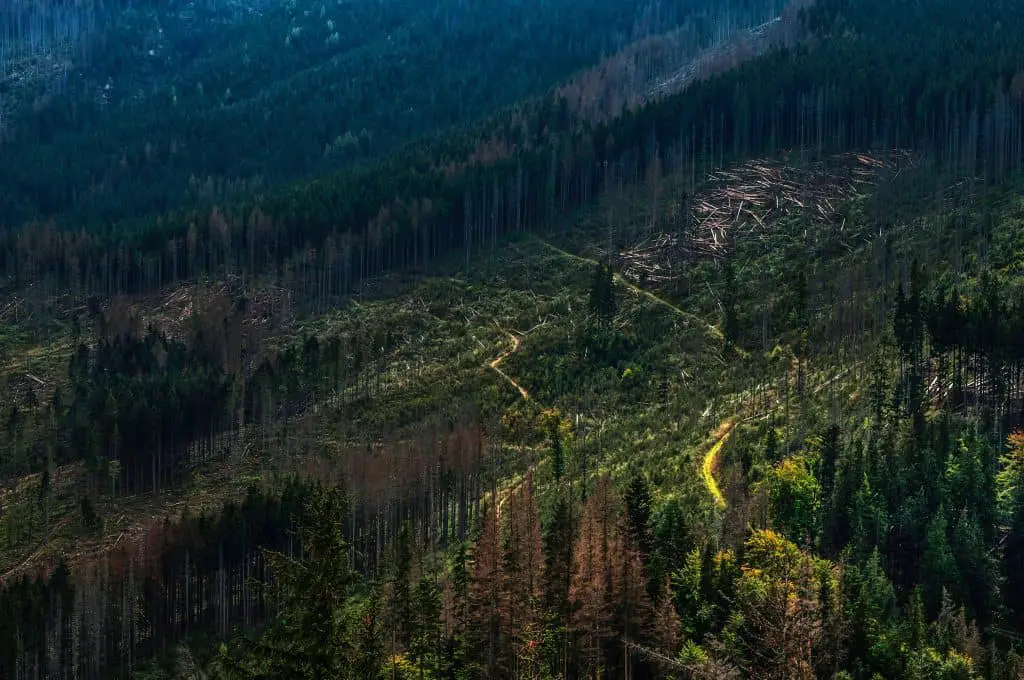
Veganism is a vast concept that doesn’t only involve animal welfare but also entails adopting a more sustainable way of living to reduce the strain on the environment. Our furry friends have indeed made it out safe from the viscose industry, but it seems that our beloved planet hasn’t.
As a plant-derived fabric, viscose is environment-friendly in the sense of being biodegradable. It does come from renewable sources and doesn’t leave harmful wastes behind, that’s for sure. However, the industry is not that pure. There are a few reasons viscose can’t be considered sustainable, including:
Deforestation and Water Depletion
The ethical form of producing viscose is by obtaining wood pulps from sustainably-grown woods. In other words, wood is sensibly taken from forests without depleting its sources or enraging its natural habitats of plants and animals.
Since the demand for viscose is great, fast-fashion companies produce vast amounts of the textile with great speed. This mass production doesn’t go hand in hand with the sustainable growth we’re talking about. To get more resources at lower prices, fast-fashion giants take wood pulps from endangered and ancient forests without moderation.
This doesn’t only lead to climate changes and greenhouse problems. In fact, deforestation means that many animals are left without shelter and food, meaning that they’ll either be hunted down or die out from starvation.
Not only are woods and forests depleted by the manufacture of viscose, but also water sources. The excessive use of water in the production of viscose contributes to global water stress and scarcity.
Toxic Emissions
The production process of viscose is more complicated than it looks. It entails the usage of toxic chemicals, such as carbon disulfide, hydrogen peroxide, ammonia, and sulphuric acid.
These substances are very toxic to the environment and harmful to the people who have to work with them. What’s more, many of these chemicals end up in freshwater systems, affecting people who live near industrial facilities. Many diseases have been linked to these toxic substances including, cancer, congenital disabilities, and heart diseases.
A material that poses such health and environmental hazards can by no means be considered sustainable.
Environment-Friendly Alternatives
Safer alternatives have been thought of throughout the years. Trials have granted us an alternative textile that shares the same qualities of viscose but with a less negative impact on the ecosystem.
Lyocell is manufactured the same way as viscose, but instead of using disulfide to treat the cellulose solution, N-methyl morpholine N-oxide (NMMO) is used.
This is a greener and less toxic substance that can be recycled in a closed-loop process, reducing the harmful effects on the environment. Also, its production requires less water, so it’s an overall better step from viscose.
As Always, Stay Alert!
When it comes right down to it, viscose is still considered a safe fabric when compared to animal-derived products like silk and wool. It’s also better than all-synthetic textiles that produce more harm than good.
Just be aware that sometimes other materials can be added onto viscose pieces to make them stronger or add a softer feel.
To avoid returning home with animal products, always check the label. Even if it says “viscose,” go through the other ingredients and double-check that it’s totally safe. Some animal-derived materials can be used in pockets, trims, or buttons.
And as always, if it says “non-vegan,” ditch it on the shelf.



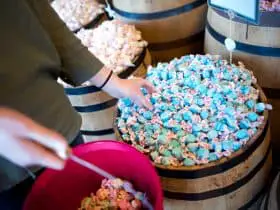
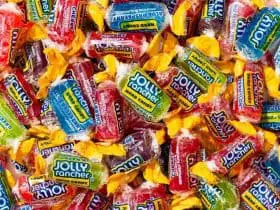
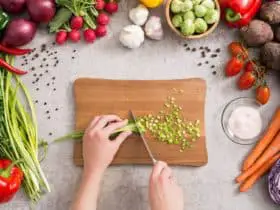
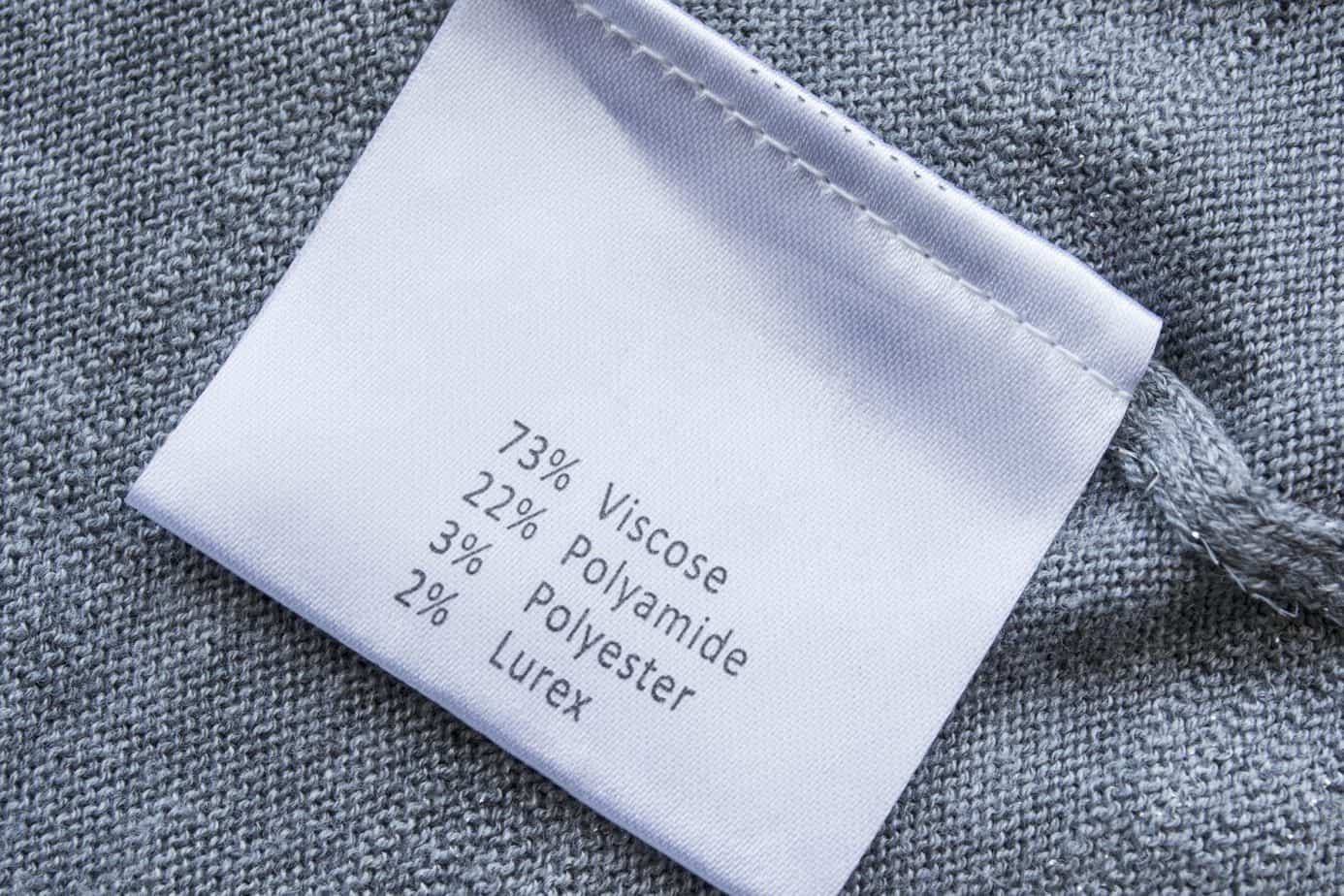
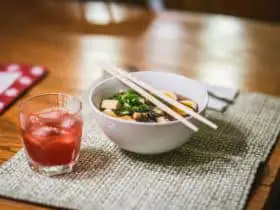

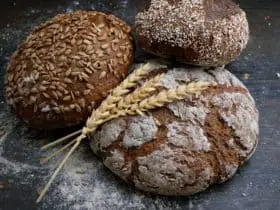


Leave a Reply